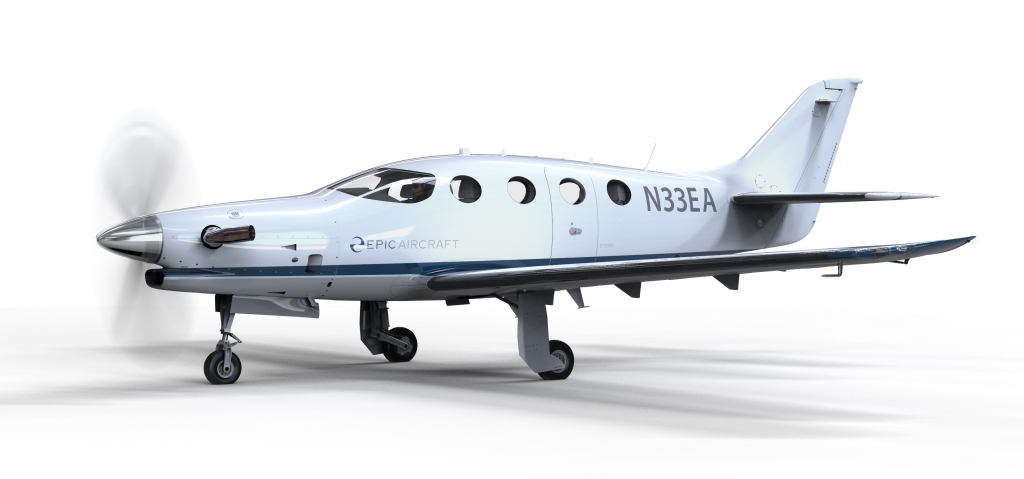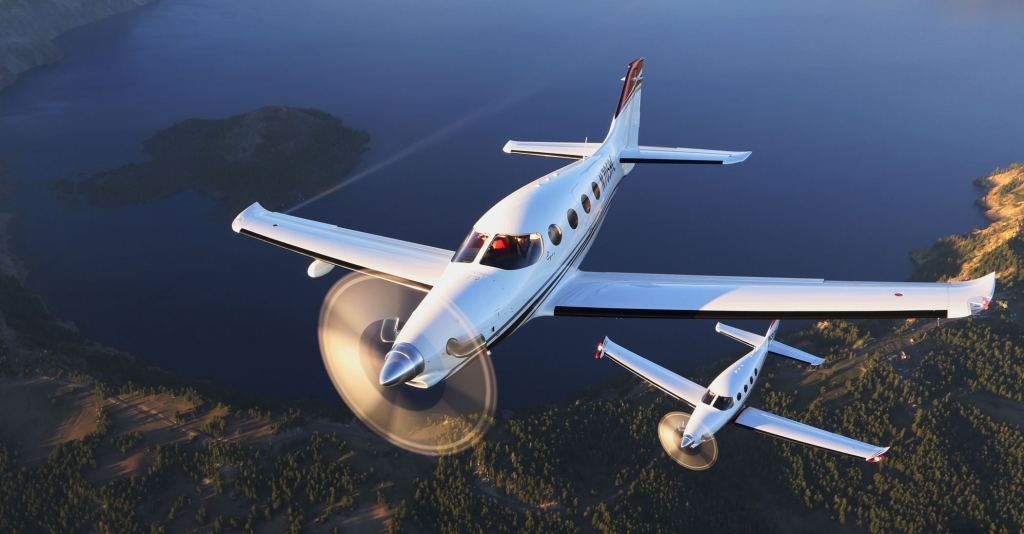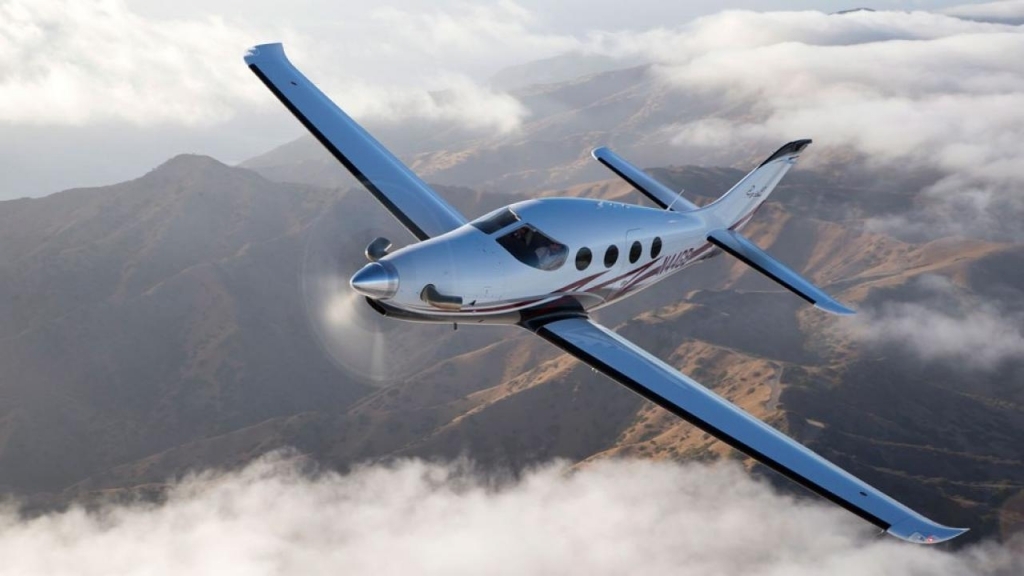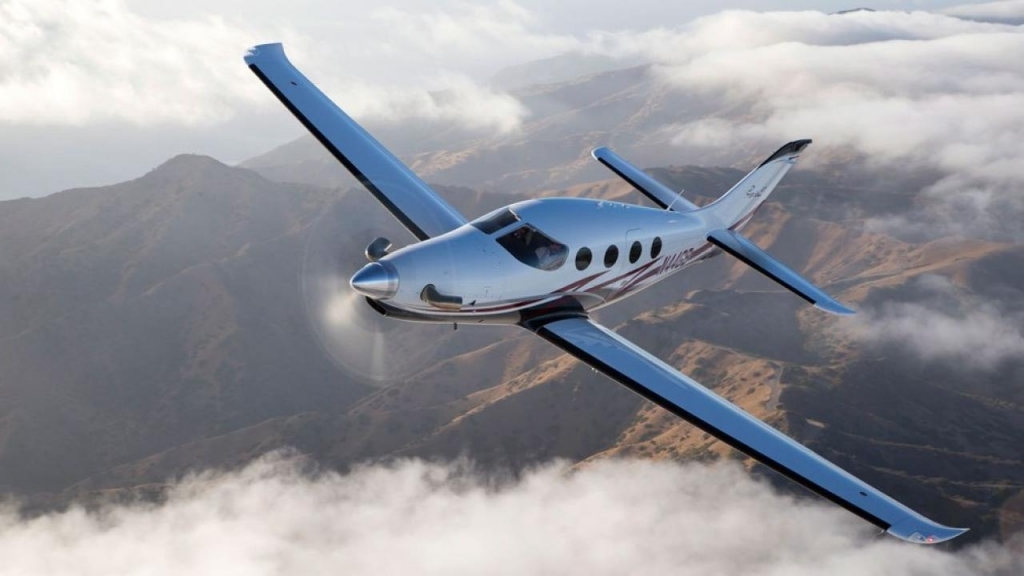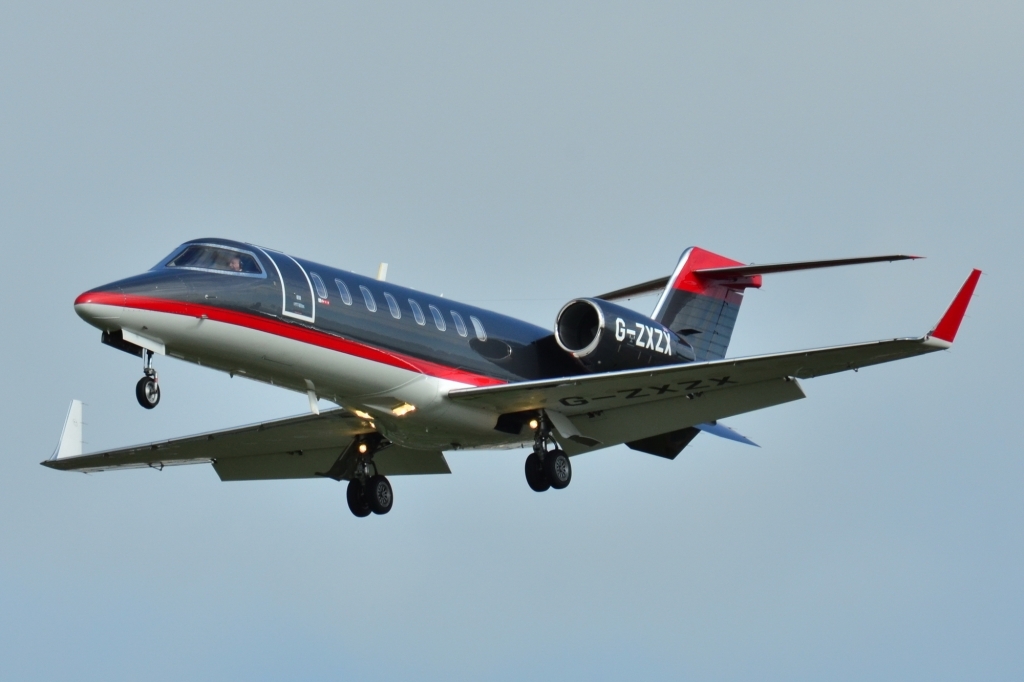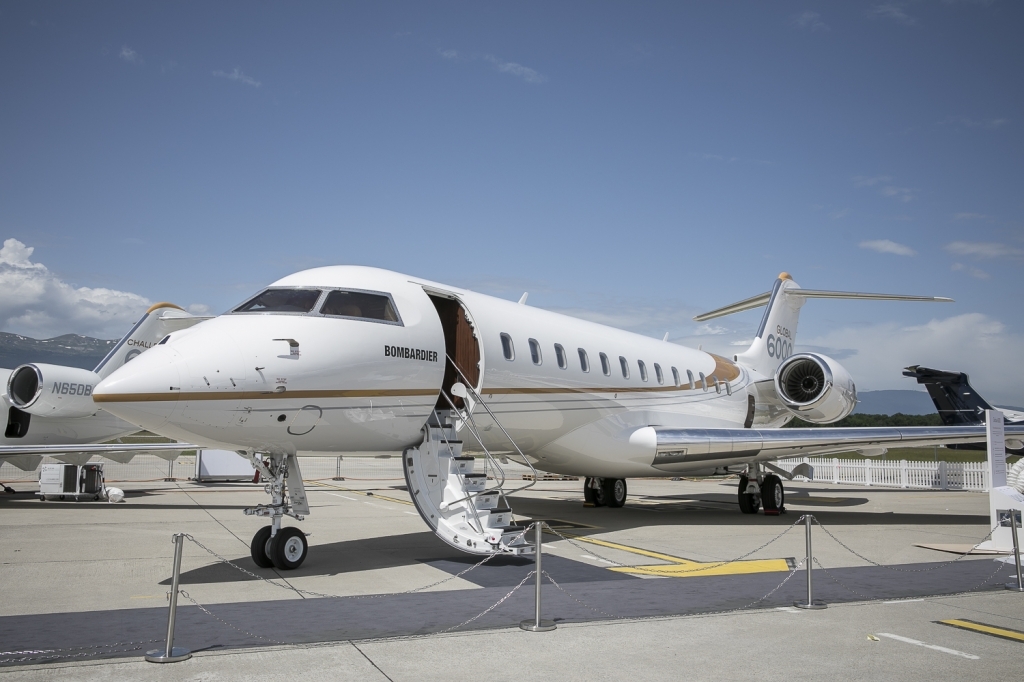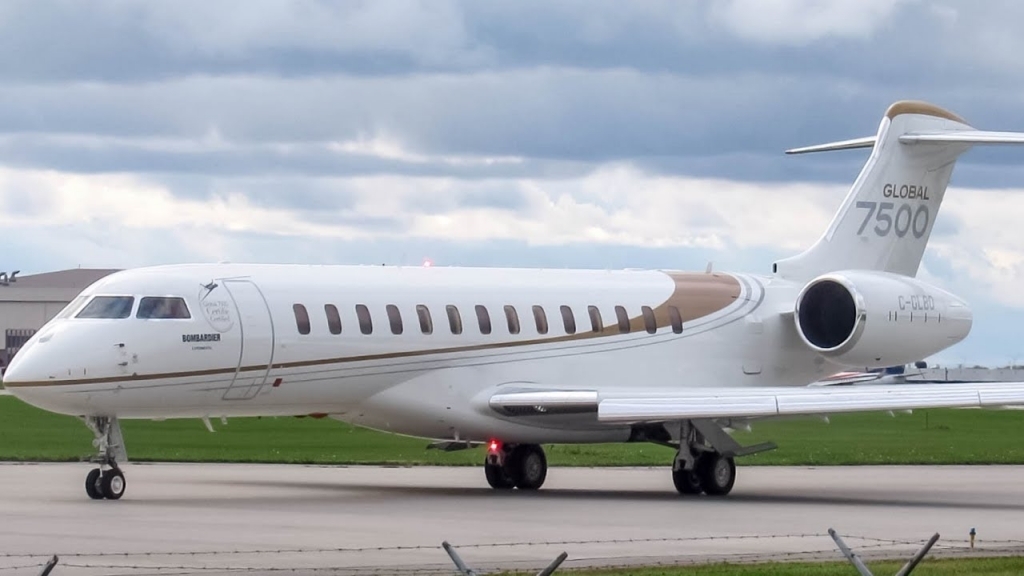Epic E1000 Cost, Specifications, Interior, and Cockpit.The Epic E1000 is a single-engine turboprop aircraft with an ability of 6 passengers designed as well as produced by Epic Aircraft. The initial flight of the E1000 was made in December 2015 at Bend Airport. On its very first trip, the aircraft performed a collection of 20-minute examinations that concentrated on evaluating general managing top quality and functional efficiency systems.
The Epic E1000 aircraft is developed to satisfy the marketplace requires for high-cost and also high-speed airplane. This will support private owner, business pilots, fractional and charter procedures.
Epic E1000 Engine as well as Performance
The Epic E1000 is powered by a Pratt & Whitney Canada type PT6A-67A solitary turboprop engine that generates outcome power approximately 1,200 hp. This aircraft has a gas ability of 300 girl, consisting of 288 girl of gas that can be utilized et cetera as a backup.
Epic E1000 airplane can fly with a maximum cruise rate of 374 miles per hour (602 kilometres/ h). This aircraft has a maximum range of 1,385 nm, an economic series of 1,650 nm, and a solution ceiling of 34,000 feet (10,000 m).
The Epic E1000’s vacant weight is 4,400 pound, while the optimum take-off weight is 7,500 pound. It can bring a maximum load of up to 1,120 pound. with complete fuel. The airplane’s departure as well as touchdown ranges are 1,600 feet and 1,840 feet specifically.
Epic E1000 Specifications
The E1000 body is built with advanced carbon fiber composite materials. The fuselage has a high strength-to-weight proportion, exceptional wear resistance, deterioration resistance, and enhanced aerodynamics. Generally, the E1000 airplane has a length of 10.92 m, a height of 3.81 m, a wingspan of 13 m, and a wing area of?? 18.9 m2.
The E1000 airplane is geared up with a rough tracking link landing gear wheel that includes a controlled nose wheel, single disc brake driven by Parker, hydraulically driven. This airplane can make smooth landings on paved as well as non-paved surface areas.
Various other features on the E1000 airplane include an automatic fuel balancer system, aircraft control system, de-icing tools including pneumatic shoes on the wings, plus a windshield, as well as a warmed prop.
Epic E1000 Cockpit and Avionics
The Epic E1000 all-digital cabin is integrated with three Garmin G1000 avionics screens. The flight details display shown with the screen includes synthetic vision, engine as well as airframe interfaces, as well as weather condition, web traffic, and automated reliant security (ADS-B) broadcast systems. The avionics suite includes GPS, carbon fiber yoke facilities with skin information, one-handed flight operations, and combination with e-tablets and also EFB tools.
The Epic E1000 airplane is likewise equipped with a Garmin GTS 825 website traffic evasion system (TAS), and IntelliFlight 2100 autopilot. It additionally includes electronic back-up instruments, XM weather condition, Jeppesen unlock cards, optional radars, iridium transceivers, and also radar altimeters.
Epic E1000 Cabin as well as Inside
The large E1000 cabin can accommodate 6 travelers. Overall, the cabin is 4.6 m long, 1.4 m vast, as well as 1.5 m high. The cabin has a large head and leg room, which can accommodate pilots and also guests as high as 2.4 m. The interior of the E100 aircraft includes updated traveler seating with improved cabin facilities as well as prolonged storage space.
The Epic E1000’s cabin is furnished with a variety of contemporary features that include a headset jack, power port, beverage owner, air ventilation, and LED reading lamp that can be changed with the fingertips. It is likewise geared up with pressurization as well as outflow options Enviro-systems, as well as air-conditioning systems that can be operated on land.
Epic E1000 Rate
The price of the latest Epic E1000 airplane is around United States $ 3.25 million. A number of E1000 airplane orders have been received by Epic Airplane, aircraft shipments start promptly after accomplishing type accreditation from the Federal Aviation Management (FAA) in 2016.
